Summary
- Video games have unique copyright challenges, with few games in the public domain compared to other media.
- Games like Abuse and Ballerburg showcase interesting approaches to releasing assets and source code.
- Iconic games like Colossal Cave Adventure and Rogue paved the way for future game genres and design principles.
Video games are distinct from other media in how their copyright is handled. While a game’s source code may be released freely, its assets such as graphics and music could still be held under copyright. The medium’s relatively young age does little to help either, as few games have lapsed into the public domain in comparison to books and films.

Related
10 Game Genres That Have Changed The Most Over The Years
Here are the best video game genres that have changed throughout history!
However, the few games that are truly public domain make for a fascinating and eclectic selection. Their genre runs the gamut from fast-paced shooters to MMOs. The motivation behind their public domain status ranges from the developer no longer seeing any point in retaining copyright, to making a statement on games as art. Here are eight games that are in the public domain.
8
Abuse
Abuse’s status as a public domain game does not preclude it from being a quality title. For an MS-DOS title released in 1996, the game is impressive for its cohesive aesthetic and avant-garde control scheme.
Abuse is a run-and-gun shooter where you use the keyboard to move and the mouse to aim. To illustrate how forward-thinking that is, back then most people played first-person shooters with the keyboard alone. Two years after the game’s commercial release, its source code and assets – excluding some sound effects – were released into the public domain.
7
Ballerburg
In 1987, Ballerburg was launched as a freeware title for the Atari ST home computer by Eckhard Kruse. While the assets were distributed freely, the game’s source code was offered in exchange for 20 Deutsche Marks. Yes, the world has changed greatly; soon we’ll have to explain what the Atari ST and Deutsche Marks even were.
4:23

Related
Ballerburg is an artillery game – think Angry Birds, but even more retro and minimalist. For its limited hardware, it’s fairly impressive how the physics are simulated. Even more impressive is that you could win by crashing your opponent’s economy, even if you couldn’t crush his castle. The game’s source code was finally released to the public in 2003, with the author encouraging and endorsing ports.
The 2001 PC game Ballerburg: Castle Siege by Ascaron Entertainment follows a similar premise but was not endorsed by Kruse.
6
Colossal Cave Adventure
The evolution of video games from the release of Colossal Cave Adventure onwards is incredible. Yet here it is: the granddaddy of them all, the first text adventure, a visual novel without the visuals. Colossal Cave Adventure was first playable in 1976, back when personal computers were a ridiculous proposition.
As a game that technically has no assets, the only part of Colossal Cave Adventure that required public domain release was its text and the source code for its command system. With one or two words, you could navigate a fictional cave system. Colossal Cave Adventure deserves appreciation for its lasting influence on video games as a whole. Whether it’s Myst or Mystery of the Druids, all adventure games owe a debt of gratitude to this title.
5
Diamond Trust Of London
Almost as compelling as Diamond Trust’s gameplay is the individual behind it. This game is the brainchild of Jason Rohrer, a game designer who habitually launches games as public domain software due to his support for a free distribution economy. Diamond Trust of London was developed for the Nintendo DS as a turn-based strategy game.
You’ll need a friend to enjoy Diamond Trust of London, as it functions much like a digital board game. Each of you controls a diamond trading company and has to use real-life obfuscation and deception to beat your opponent. The game sports a clean interface and makes for a great time with a friend who enjoys social deduction games.
4
Passage
More of a digital art exhibit than a video game, Passage only takes five minutes to complete but leaves you thinking about it for hours on end. The game features a basic side-scrolling story, with certain choices affecting the difficulty of the game. Your avatar visibly ages as they move, and eventually dies.
To truly engage with Passage, you have to put a little of yourself on the table: your thoughts, beliefs and hopes. The cause-and-effect gameplay is simplistic, but determining what the causes and effects were is completely up to you. You might even learn a bit about yourself by playing Passage.
3
Spacewar
Video games were given to an early start for public domain launches: even back when the medium was finding its feet in the early 1960s, programming enthusiasts would share the games they created freely on the limited computers available to them. One such game, 1962’s Spacewar, is particularly notable.
For such a primitive title, Spacewar is impressive. The gameplay features two spaceships trying to shoot each other while maneuvering in the gravity well of a star. There’s a visible background, and the concept of space can easily be grasped despite the simple presentation. For comparison, take a look at any Atari 2600 game out of context and tell us what any object is supposed to be.
Spacewar also features the earliest example of graphical effects, albeit unintentionally. Played on a PDP-1 with a CRT monitor, the ships leave trails behind them because the phosphors in the screen fade slowly.
2
C-Dogs
The MS-DOS was video gaming’s Wild West in a way that can never be recreated organically. Free from the age restrictions placed on console games, and not yet shackled by corporate greed that would reduce modern video games to a single homogenous genre, C-Dogs is a shooter game with a top-down perspective and character customization.
While the campaign is all right, the real appeal of C-Dogs is its deathmatch multiplayer mode. You could also download user-created missions and make your own levels: C-Dogs truly was a game that the developers gave over to you in its entirety.
1
Rogue
You might not know Rogue, but you definitely know the genre it pioneered. The indie scene is dominated by roguelikes, and all of them share a similar gameplay conceit to this 1980 title. Each run is procedurally generated and different from the last one.
The game originally came with ASCII graphics, so there were no assets to copyright. However, it was compelling enough to spawn imitations even before its source code was released. Rogue’s use of permadeath is a treasure that would later be unearthed by indie developers. With the price of failure being so steep, every decision you make has meaning.
5:52
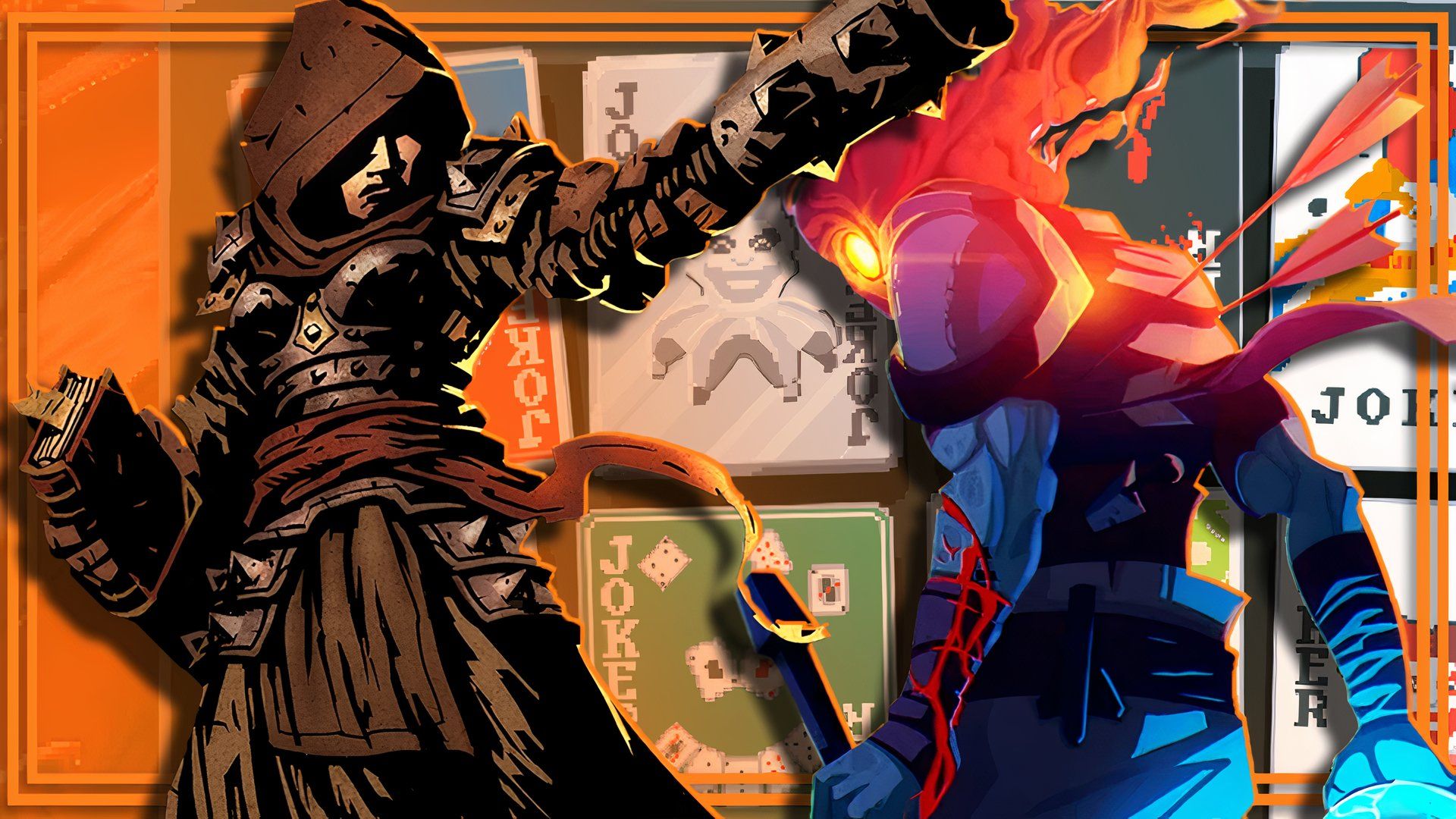
Next
Best Roguelikes You Can Play Offline
Play your favorite genre without the pesky requirement of an always-online connection.


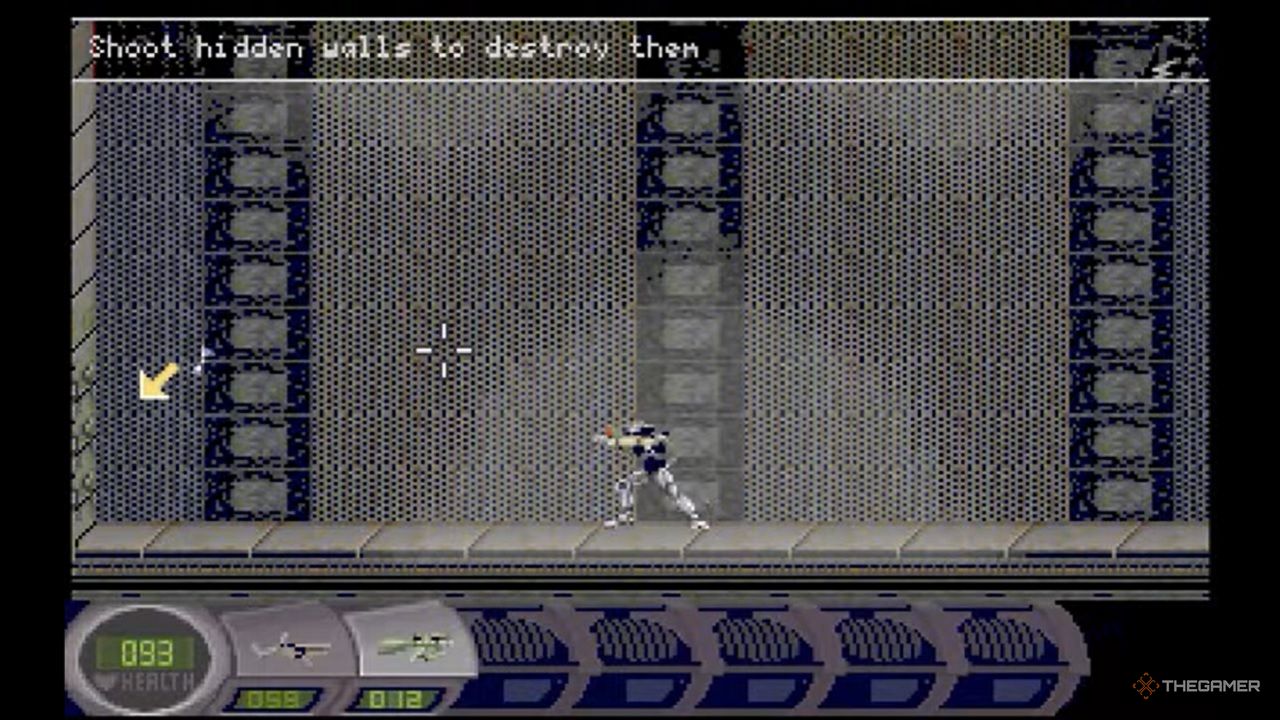
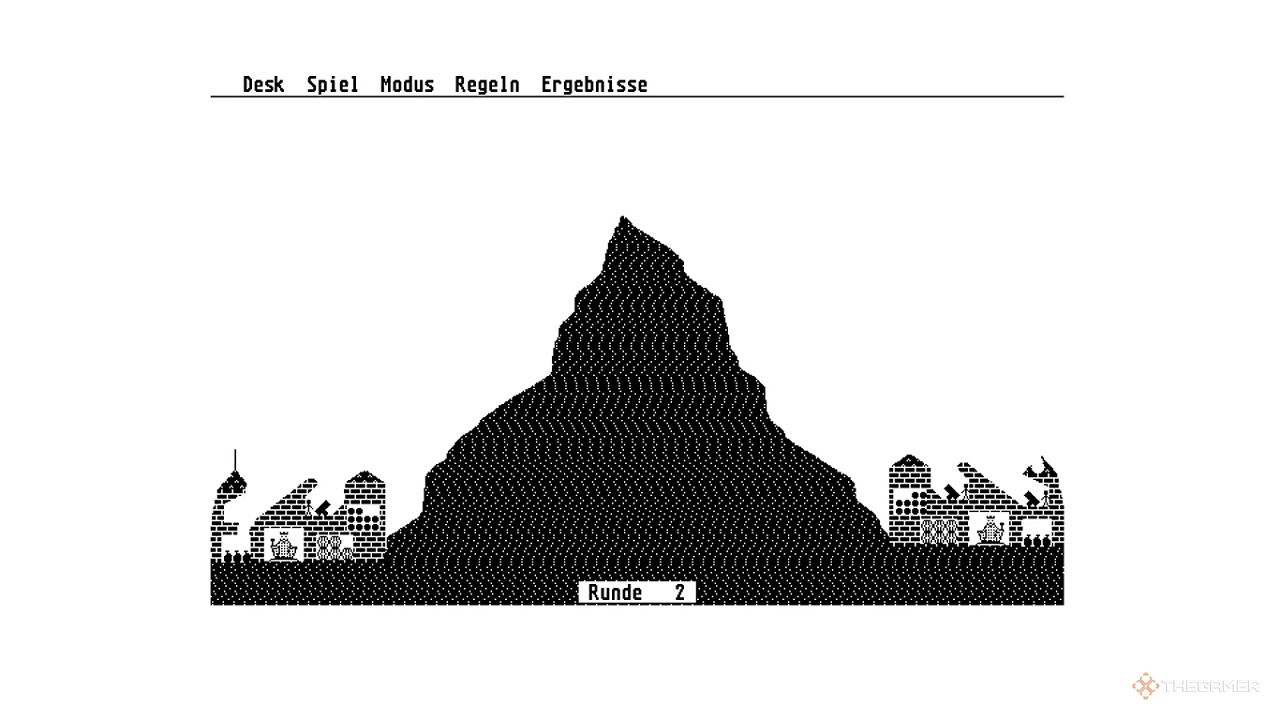
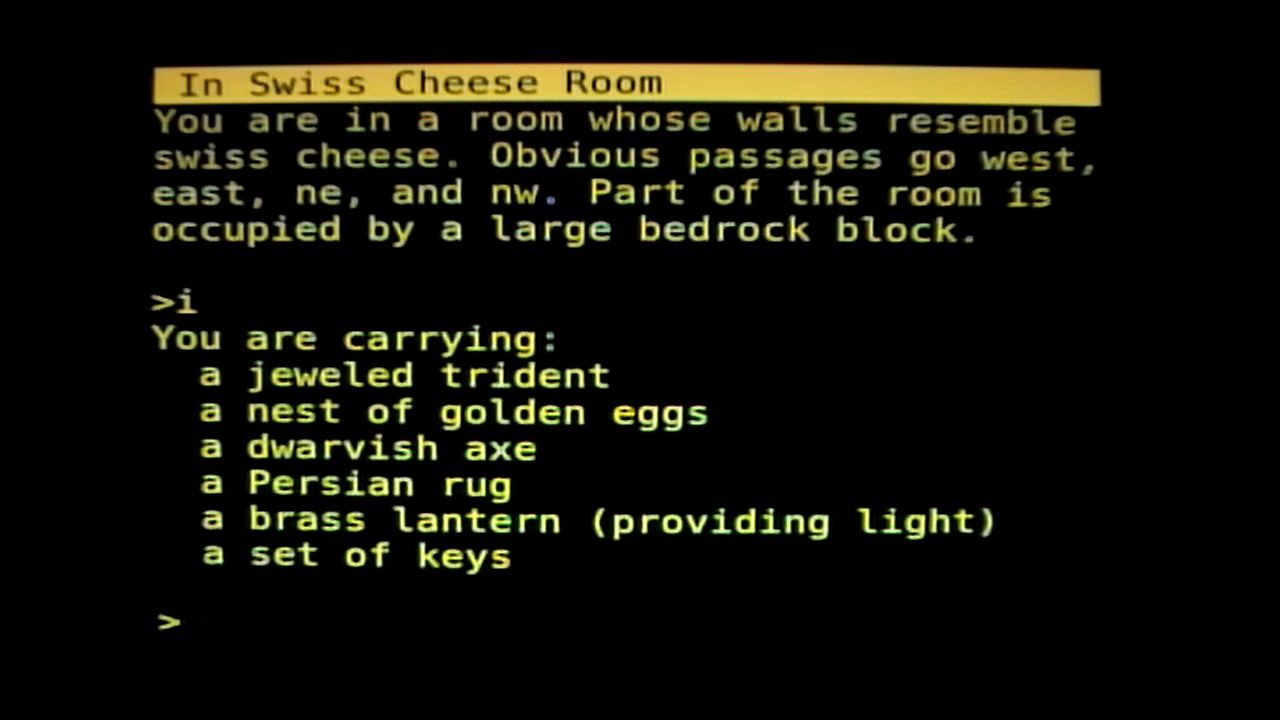


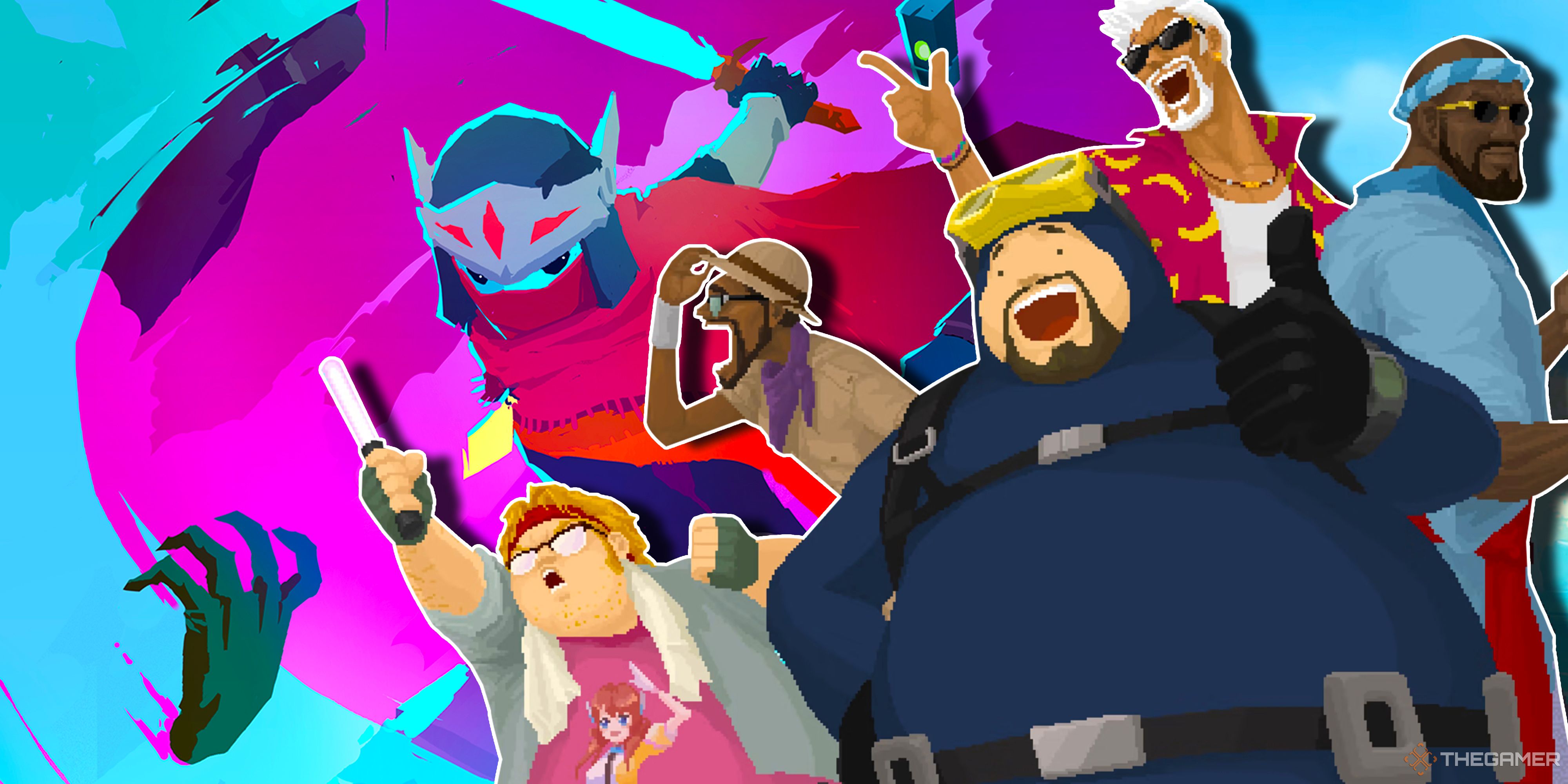

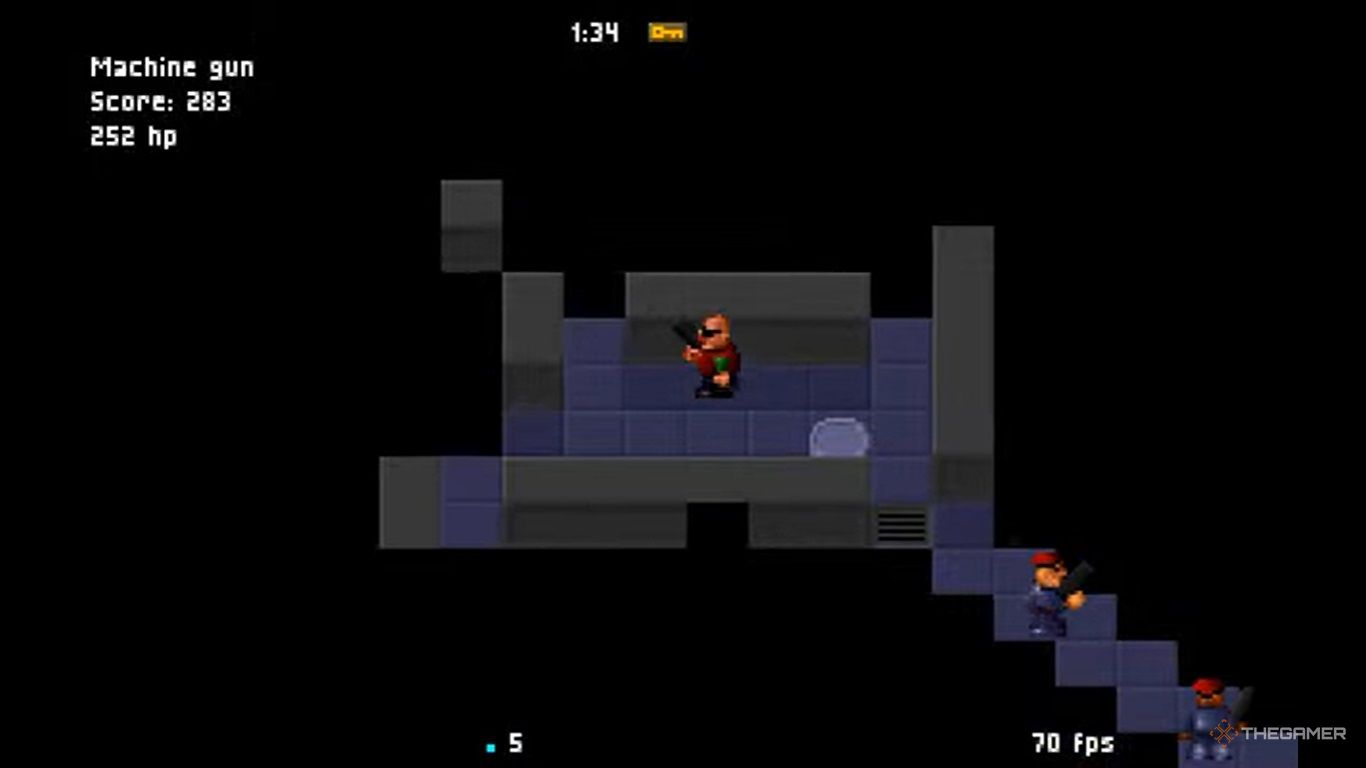







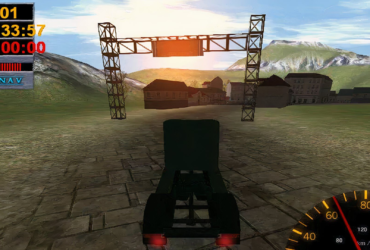
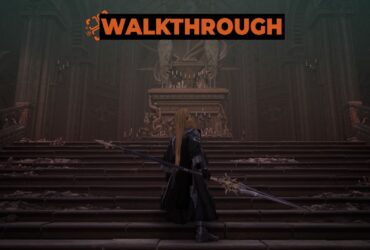


Leave a Reply